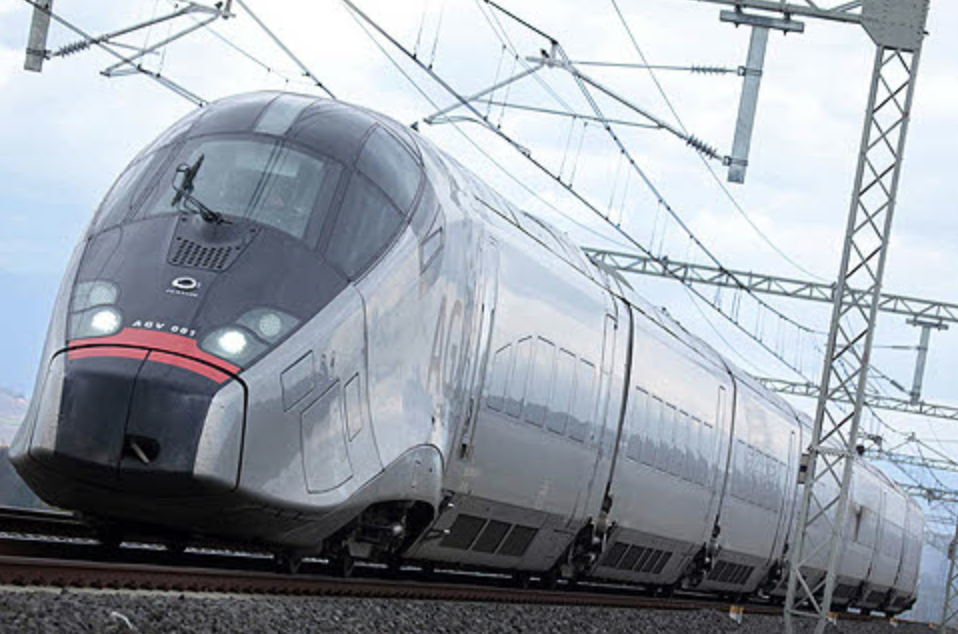 A traction power system is a method of transmitting or generating power in which the energy cost is saved by using gravity or buoyancy. The most common use for this type of system is in railways, but they are also used in surface coal mining and underwater construction, where the weight of the water displaces enough to provide a means for lifting objects to new locations.
A traction power system is a method of transmitting or generating power in which the energy cost is saved by using gravity or buoyancy. The most common use for this type of system is in railways, but they are also used in surface coal mining and underwater construction, where the weight of the water displaces enough to provide a means for lifting objects to new locations.
Traction power systems can be divided into three usage categories:
- Wheelbarrow propulsion.
- Flags and banners.
- Pneumatic power.
Wheelbarrow propulsion is the most common use for traction power systems, followed closely by flags and banners, then lastly pneumatic power.
Traction power systems can be divided into two types: wheelbarrows and carts. Wheelbarrows consist of a base with wheels attached to the bottom of the base. Typically one wheel is used for direction and the other is connected to a handheld lever that engages the wheels. Jib cranes carry wheels with a hand operated lever in one arm and a hook in the other arm for attachment to the load.
Carts are similar to wheelbarrows, but usually have two wheels at the bottom of the base. Cart traction power systems are more maneuverable and can carry heavier loads than their alternative.
Traction power systems can also be divided into two categories of forces: net and gross. Net forces occur when an object is in a gravitational field, while gross forces occur as a result of buoyancy. Net forces are exerted by gravity or another force, making the object move. Gross forces are created from the motion of another object or energy source.
Traction power systems depend on the following components:
- A load attached to a means of propulsion.
- Means of transferring energy wirelessly from a power source to the load.
Consider a wheelbarrow system. A load is attached by ropes, rings, or hooks to the base of the wheelbarrow. The wheels are attached to the leads on the vertical post in front of or behind the wheelbarrow. The rear wheels are connected to a winch cable connected to an overhead pull rope that turns two pulleys connected directly to the pulley at the bottom of the base.
Carts and wheelbarrows use the same components as pneumatic systems, but instead of using wheels or a winch to transfer power, they use air pressure. Pneumatic power systems use compressed air to provide the energy that moves a load. Because compressed air is inert, some means of transferring electrical energy into compressed air are required.
The electrical energy that drives the pump is either provided by an electric motor powered with a battery or solar panels, or it transfers directly from solar panels to an electric motor.
